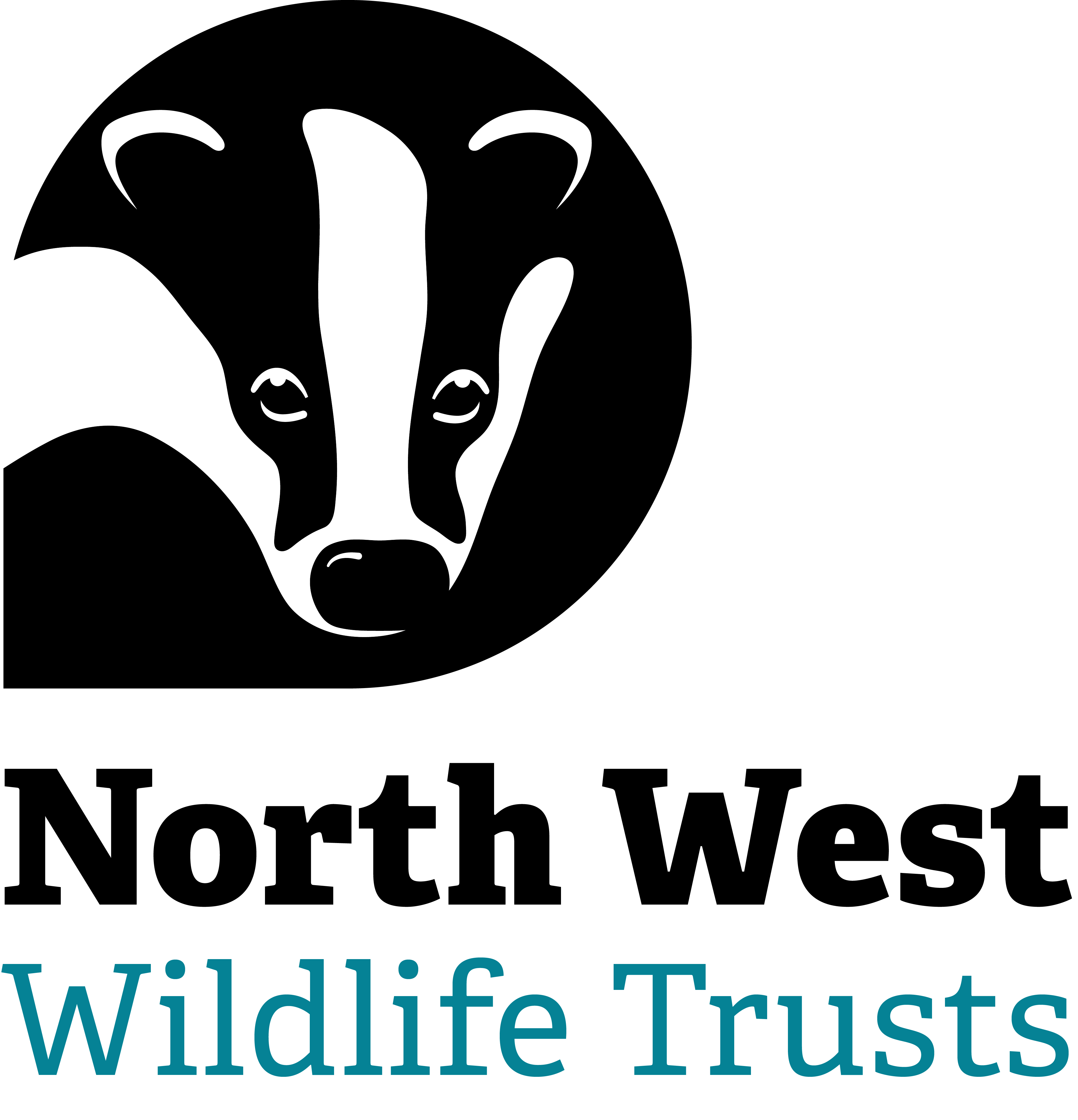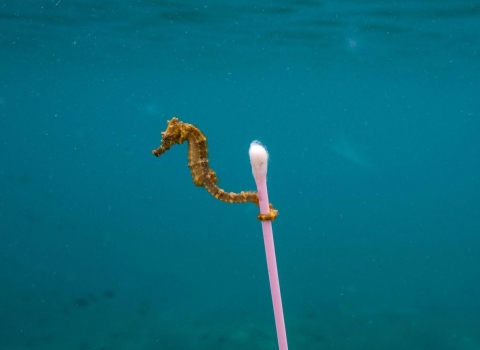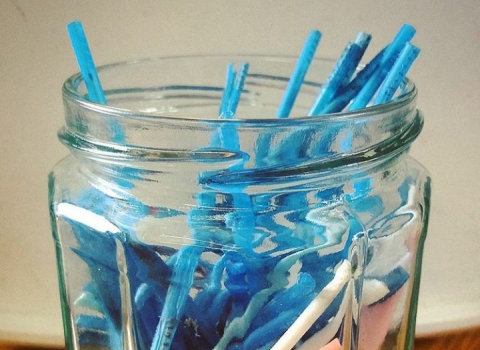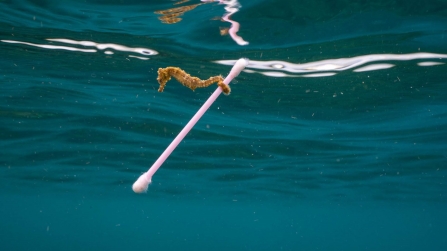Upon first glance, I was confused. Why is this adorable seahorse being dwarfed by a pink, plastic cotton bud? This quickly turned to shock. Soon followed by heartbreak and anger. Why is this beautiful creature riding ocean currents on man-made plastic? How unnatural, I thought.
But then my despair transformed into hope. This is what the world needs to see, I thought. What better way to illustrate the issue of pollution in our seas? I am hopeful this image will have a huge global impact.




